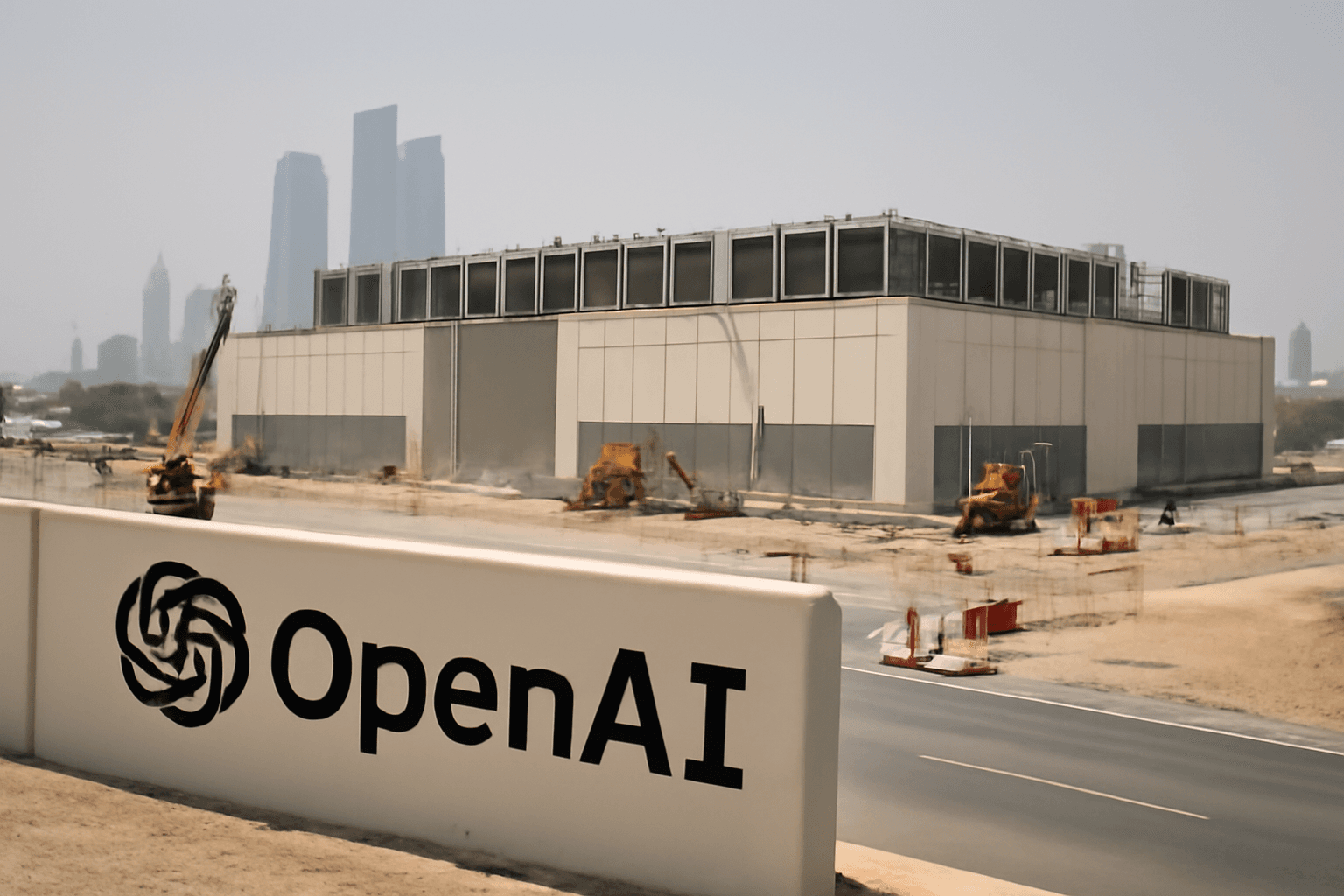AI Enhances Worker Value and Drives Job Growth
Contrary to popular concerns that artificial intelligence (AI) may reduce job opportunities and suppress wages, new research indicates that AI actually increases employee value and fosters job creation. Rapid technological advancements in AI are reshaping industries, leading to gains in productivity, employment, and wages across various sectors.
Debunking Common AI Myths
The latest findings challenge six prevalent misconceptions about AI’s effect on the workforce, based on extensive data analysis of job postings and corporate reports across multiple continents.
1. AI and Productivity
Myth: AI has not significantly influenced productivity.
Reality: Since 2022, industries most receptive to AI adoption have seen almost a fourfold increase in productivity growth, while industries with minimal AI exposure, such as physical therapy, experienced slight declines. For example, software publishing — a highly AI-exposed sector — recorded three times higher growth in revenue per employee.
2. AI and Wages
Myth: AI negatively affects worker wages and bargaining power.
Reality: Workers with AI-related skills earn on average 56% more than peers without these skills within the same roles, a notable rise from 25% the previous year. Furthermore, wages in AI-exposed industries are increasing at double the rate compared to those less affected by AI.
3. Job Numbers in AI-Exposed Occupations
Myth: AI will decrease overall job opportunities.
Reality: Employment has grown robustly both in lower AI-exposure occupations (+65% from 2019 to 2024) and in higher AI-exposure occupations (+38%), illustrating AI’s role in sustaining job growth.
4. Equality and Opportunity
Myth: AI contributes to widening inequalities in wages and access.
Reality: Employment and wages are increasing for jobs augmented or automated by AI. The demand for formal degrees declines faster in AI-exposed roles, broadening opportunities for a wider pool of candidates.
5. The Impact on Skills
Myth: AI deskills occupations it automates.
Reality: AI enriches automatable tasks by relieving employees from monotonous work, allowing them to engage in more complex decision-making roles. For instance, data entry clerks can transition to higher-value data analyst positions.
6. Automation and Job Value
Myth: Highly automatable jobs lose value due to AI.
Reality: Wages are rising even in highly automatable jobs as AI reshapes such roles into more complex and creative functions, enhancing the overall value of human workers.
Balanced Job Growth and Future Outlook
Softening yet steady job growth in AI-exposed sectors may benefit countries facing declining working-age populations by creating a multiplier effect on workforce capacity. Increased productivity driven by AI helps close labor gaps and supports business expansion.
Rather than focusing solely on workforce reduction, businesses are encouraged to adopt AI as a strategic growth tool. This includes investing in employee reskilling and co-creating new market opportunities and revenue streams.
Key takeaway: Embracing AI with ambition can spur the emergence of new industries and roles. Historically, technological advances have consistently generated more jobs than they displaced, with two-thirds of current U.S. jobs nonexistent in 1940.
Summary
- AI substantially improves productivity, especially in AI-adopting industries.
- Workers skilled in AI earn significantly higher wages, with rapid wage growth in AI-exposed sectors.
- AI supports sustained job growth across occupations, even in those highly exposed to automation.
- AI expands access to jobs by reducing reliance on formal degrees and enhancing skill requirements.
- Automation reshapes jobs toward higher complexity and creativity instead of deskilling.
- Businesses should view AI as a growth catalyst, focusing on new job creation and workforce development.
















